The Moorish Castle
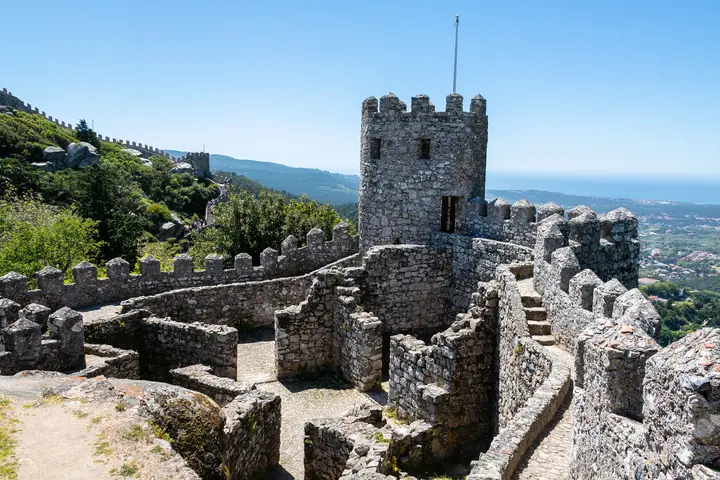
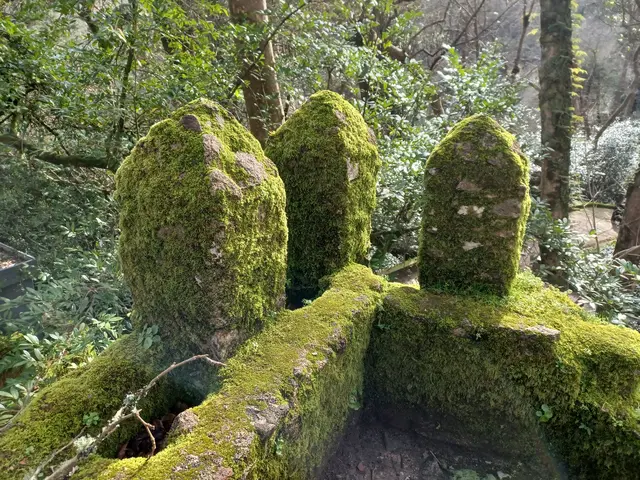

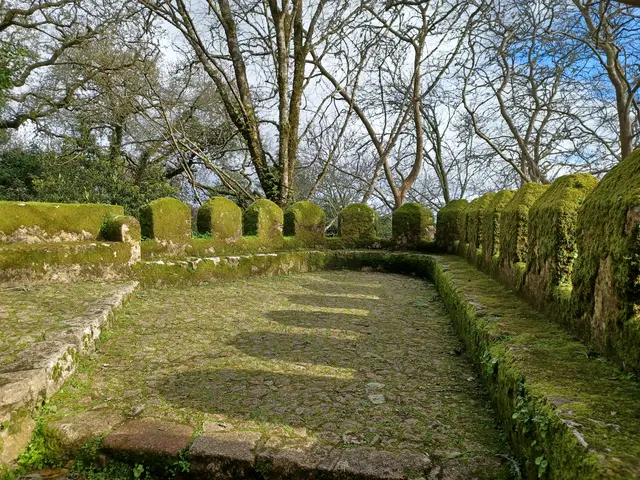

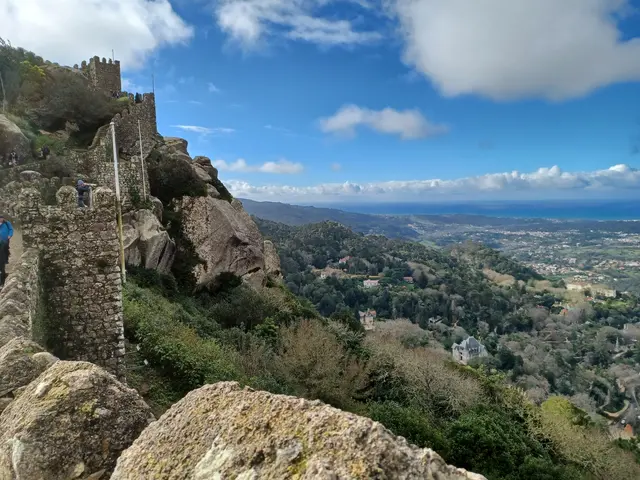

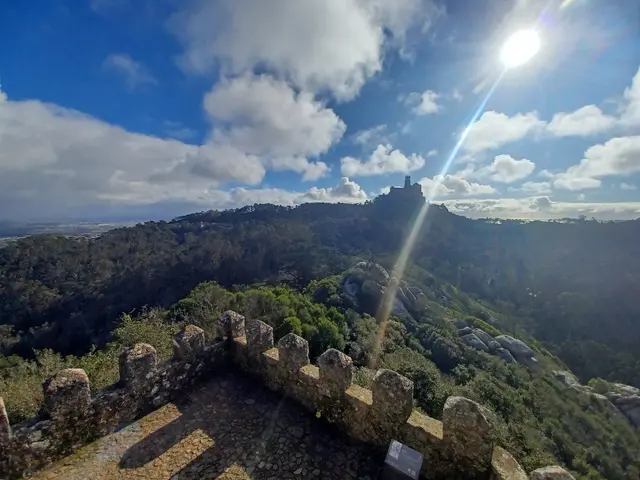
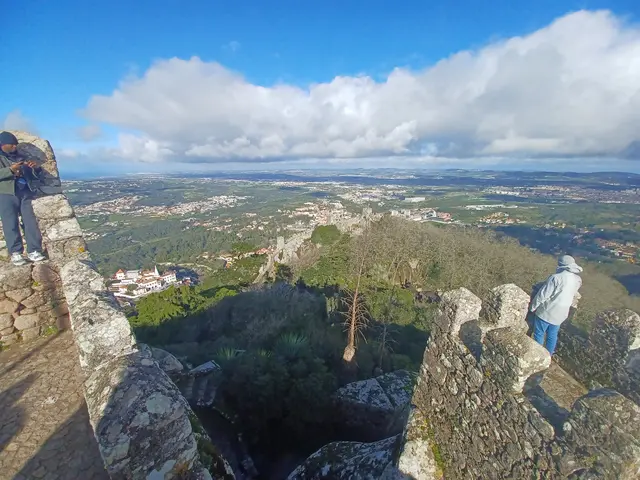
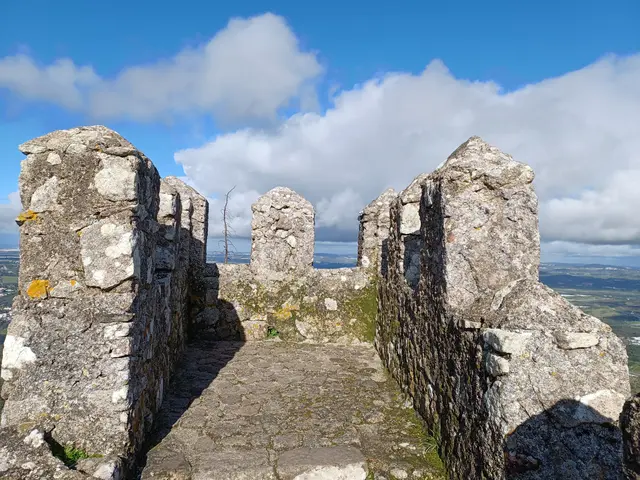
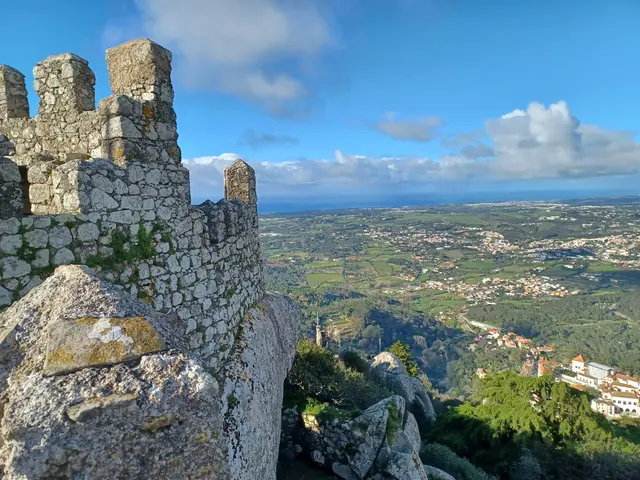
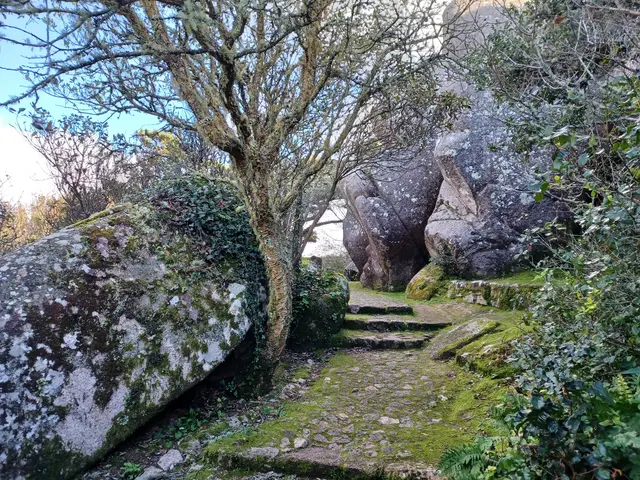
Introduction
The Moorish Castle in Sintra rises above misty forests and offers sweeping views of Portugal’s Atlantic coast. Built in the early medieval era, this remarkable fortress remains a symbol of Sintra’s layered past. Today, we can walk its ancient ramparts and discover stories of Moorish sentries, Christian settlers, and centuries of legends. Whether you’re teaching, researching, or simply visiting, the Castelo dos Mouros invites us all to step back in time.
Advertisement
Historic Highlights
🏰 Ancient Foundations
The Moorish Castle in Sintra stands atop the Serra de Sintra, its stone walls tracing a story that began with 8th- or 9th-century Moorish builders. They chose the peak for its strategic vantage—one could watch distant ships and approaching visitors from the rugged ramparts. Archaeologists have found evidence of a fortified alcácer (citadel) and a grain storage system carved into bedrock, hinting at a busy Islamic community within these walls.
“Artefacts found on this site prove the profound antiquity of Sintra, now named the Islamic Quarter.”
— Parques de Sintra
⚔️ Castle Changes Hands
During the 11th century, the Moorish Castle guarded the approaches to Lisbon. In 1147, after Christian forces captured Lisbon, legend says the castle’s Moorish defenders vanished through secret tunnels, leaving only an elderly man with the keys. Historical records reveal, however, that Sintra’s surrender to King Afonso Henriques was peaceful—Christian settlers moved in, and a new parish church was built inside the walls.
“Thirty settlers would reside in and guard the castle, enjoying land and tax incentives as reward.”
— 1154 Foral of Sintra
💔 Decline & Rediscovery
By the 15th century, the castle’s military significance faded. Local residents moved downhill, and fascinatingly, a small Jewish community found refuge among the ruins before royal edicts forced their departure in 1497. Time and nature took a toll—lightning and the 1755 earthquake damaged the castle, leaving it open to the sky and local legend. In the 1800s, travelers and poets made the ruins famous, drawn by stories like that of Moura Zaida, the enchanted Moorish maiden said to haunt its stones.
🎩 Romantic Revivals & Modern Times
Romantic-era king Ferdinand II leased the Moorish Castle in 1839, determined to revive its medieval aura. He oversaw repairs, replanted woods, and even created an ossuary monument inscribed, “What man has brought together, only God may separate.” Conservation continued through the 20th century, with Archaeological digs since 1976 uncovering Islamic ceramics and a medieval Christian cemetery. Today, the site’s robust ramparts, ancient cistern, and panoramic views attract hundreds of thousands every year.
💡 Visitor Tip
Sturdy shoes are a must—climbing the 500 stone steps to the Royal Tower reveals breathtaking vistas and a close look at ancient craftsmanship. Don’t miss the small museum inside the chapel ruins for a hands-on glimpse into Sintra’s earliest days.
Timeline & Context
Historical Timeline
- 8th–9th c. – Construction of the Moorish Castle by Islamic settlers.
- 1031 – Sintra briefly ceded to King Alfonso VI of León before returning to Muslim rule.
- Late 11th c. – Almoravids regain control of Sintra.
- 1147 – Christian conquest of Lisbon; Sintra peacefully surrenders to King Afonso Henriques.
- 1154 – Sintra’s Foral grants privileges to Christian settlers guarding the castle.
- 12th–14th c. – Christian chapel and cemetery established; fortifications renewed by later kings.
- 1490s – Jewish community uses ruined castle until 1497 expulsions.
- 1636 – Lightning strike damages the keep.
- 1755 – Great Lisbon earthquake topples walls and chapel roof.
- 1839–1845 – Ferdinand II leads Romantic restoration.
- 1910 – National Monument status granted.
- 1939–1960s – Major restorations for heritage celebrations.
- 1976–now – Ongoing archaeological works and site interpretation.
- 1995 – UNESCO World Heritage designation for Sintra’s cultural landscape.
Moorish Military Roots
Castelo dos Mouros represents a classic Moorish frontier fortress. Its construction followed the “soga e tissón” approach—alternating long and short stones, typical of early al-Andalus architecture. The castle was vital in defending the approaches to Lisbon, evidenced by its location and the large cistern, which secured water for sieges. While oral history claims a prior Celtic temple, proven settlement in the Sintra hills goes back to the Iron Age, supporting the site’s long spiritual allure.
Christian Reconfiguration and Social Flux
After the peaceful handover in 1147, King Afonso Henriques encouraged thirty Christian settlers to take residence, incentivizing defense and occupation. The medieval parish church (São Pedro de Canaferrim) became Sintra’s first parochial seat, and ongoing refurbishment—by kings like Sancho I and Ferdinand I—kept the castle formidable until Portugal’s southern frontier shifted. The 15th-century decline saw the enclave become a last haven for marginalized Jewish communities before their forced expulsion under King Manuel I, a rare detail hinting at the site’s layered social history.
Periods of Ruin and Rediscovery
Abandonment led to decades of neglect, with partial destruction by lightning and the 1755 earthquake accelerating the castle’s romantic decay. The 19th-century Romantic movement, inspired by artistic fascination with ruins, saw Ferdinand II restore the castle, balancing historical accuracy with picturesque embellishments—like planted exotic trees and new overlooks. Archaeologically, interventions ranged from wall consolidation to the respectful burial of unearthed remains in a monument that united Christian and Muslim heritage under a single cross.
From Nationalism to UNESCO
20th-century conservation efforts were often tied to nationalist commemorations, but work adapted with new archaeological insights and evolving public values. Since 1976, professional excavations have pieced together the everyday realities of both Islamic and Christian communities living within the walls—providing evidence through revealed house foundations, ceramics, and a cemetery. Today, Parques de Sintra oversees the castle as a carefully stabilized ruin, balancing access and preservation amid a fragile mountain ecosystem.
Socio-Cultural and Comparative Significance
The castle is central to Sintra’s identity, featured on its municipal coat of arms and woven into folklore. Legends of hidden tunnels, enchanted maidens, and Moorish kings enrich the site’s intangible heritage. Unlike Sintra’s grand palaces, Castelo dos Mouros preserves the authenticity of an unpolished medieval military stronghold. Its profile against the sky, alongside the fanciful towers of Pena Palace, provides a dramatic visual illustration of Romantic nationalism and evolving attitudes toward heritage. UNESCO recognizes the Moorish Castle’s value not only as an artifact of Portugal’s Islamic and Christian pasts but as the anchor of Sintra’s cultural landscape—where nature, legend, and history converge.